Note: This post contains affiliate links which means if you click on a link and purchase an item, we will receive an affiliate commission at no extra cost to you.
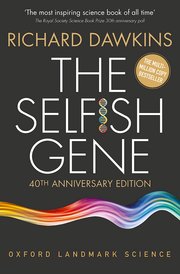
Why This Book Matters:
In this 40-year-old classic, author and professor Richard Dawkins presents a fascinating evolutionary perspective on how genes drive critical aspects of an organism’s behavior.
Key Takeaways:
- Finite resources and differing abilities drive evolution
- Genes replicate themselves, and in the process, variation occurs. As variation increases, genetic resources begin to deplete.
- Example: The first complex life forms evolved from the most useful replicator genes.
- The gene is virtually immortal because it can persist in limitless copies
- Organisms die, but genes survive and continue through reproduction.
- Example: Your ancestors died generations ago, but you still carry some of their genes.
- Genes are selfish because they thrive at the expense of other genes
- Genes that carry different variations of the same trait fight for limited resources.
- Example: Alleles, such as eye color, try to occupy the same spot on a chromosome.
- Gene survival depends on the physical and genetic environment that surrounds it
- The effect a gene has on an organism’s physical characteristic will either aid or harm the organism in survival, and ultimately the gene’s survival.
- Example: Genes that code for longer legs in the antelope may have a better chance of surviving a chase by a cheetah.
- Genes work together with other genes to build organisms for the sole purpose of utilizing the reproductive system to ensure gene survival
- Genes work in tandem with other genes because they need the organisms they build to reproduce to carry it to the next generation of organisms.
- Example: A tapeworm’s genes do not cooperate with host genes because they do not share a reproductive mechanism.
- Genes program behavioral strategies into organisms to increase the chance of gene survival, but this may be an antiquated mode of survival for intelligent organisms
- Genes encode certain behaviors into the brain to respond to environmental stimuli, but those same rules may be detrimental to modern intelligent organisms.
- Example: There’s an obesity epidemic in part because of our coding to crave sweet things.
- Mutual altruism and foresight can override the selfish gene in certain situations
- Sometimes organisms act altruistically toward another organism if it leads to a greater chance of survival for copies of their genes in other organisms.
- Example: A mother bird might lure a predator toward herself to protect her offspring.
- A gene is to biology what the meme is to human culture
- A meme is the smallest unit of culture like a song or an idea. Memes have the potential to be immortal as they are passed down from generation to generation.
- Example: The omnipotent God is a central meme in several religions.

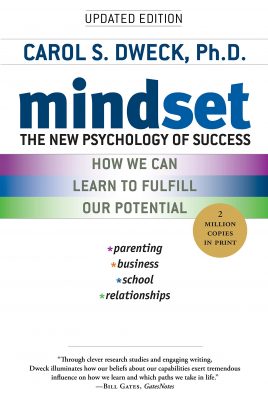
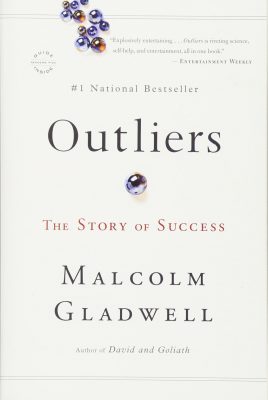
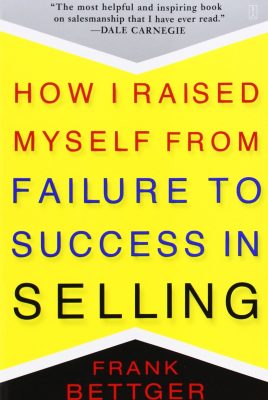
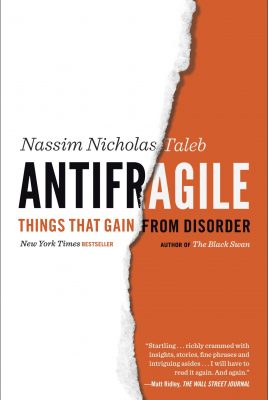


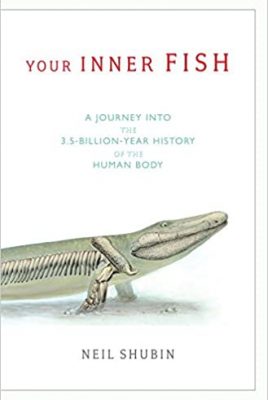

Leave a Reply
View Comments